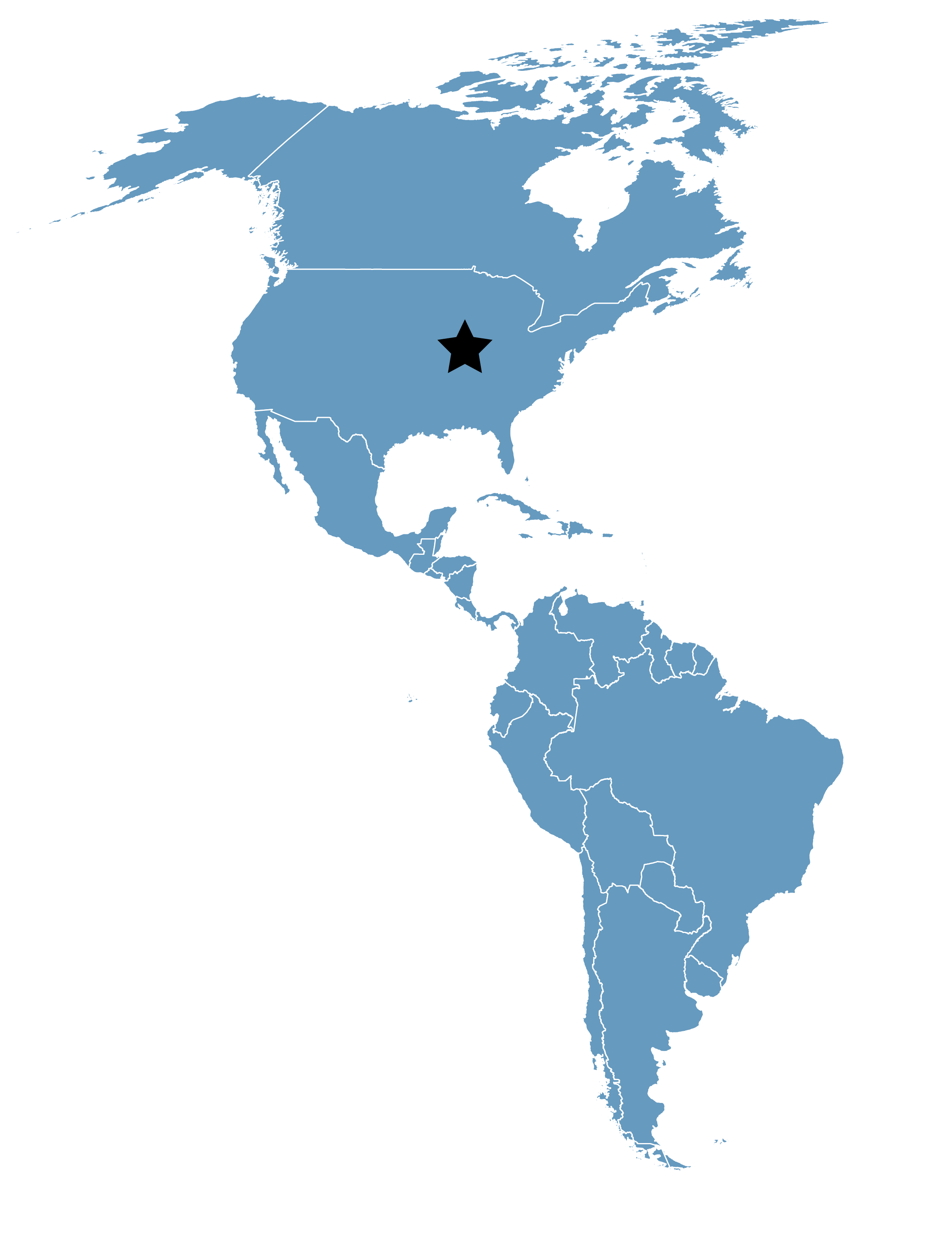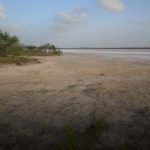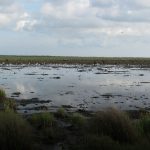Swan Lake NWR
Location
Missouri, United States
Category
Regional
Basis for Designation
Supports 30-40,000 shorebirds annually.
Size
4,368 hectares (10,794 acres)
Date Designated
April 1999
Site Owner
U.S. Fish and Wildlife Service
Site Partners
Friends of Swan Lake NWR
Missouri Department of Conservation
Grand River Audubon Society
Ducks Unlimited
Overview
Swan Lake National Wildlife Refuge (NWR) was established February 27, 1937, primarily to provide nesting, resting, and feeding areas for migratory birds and other wildlife. Refuge lands are federally protected by law, and managed by the U.S. Fish and Wildlife Service. The refuge, located in north-central Missouri, contains five major habitats: wetlands/moist-soil units, open water, bottomland hardwoods, croplands, and grasslands. The refuge is subject to periodic flooding as a result of being situated in the Grand River floodplain near its confluence with the Missouri River, and having the Yellow Creek as its southern border.
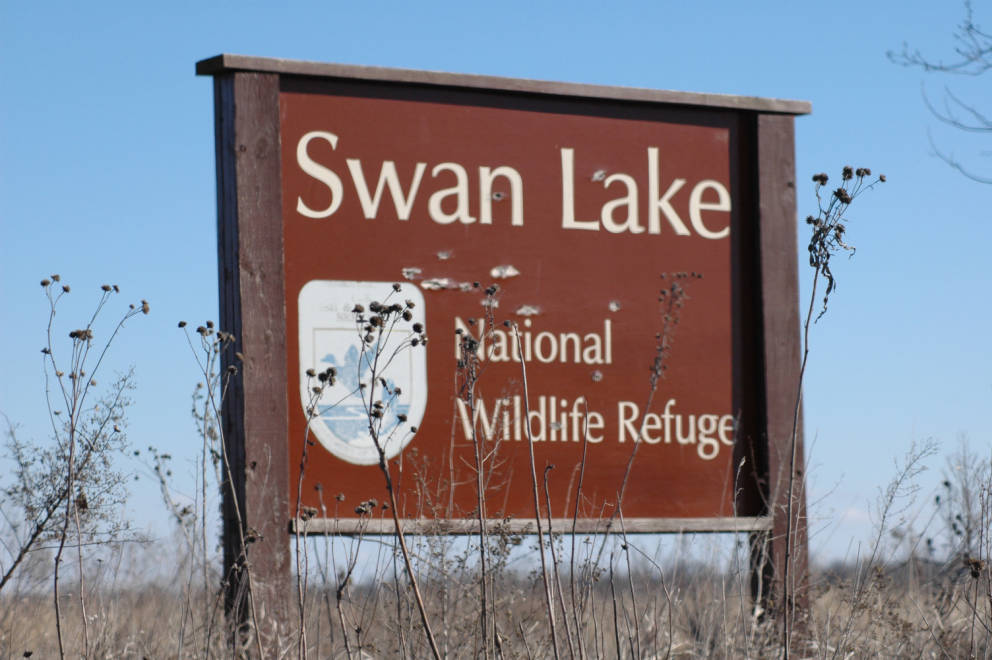
Swan Lake NWR entrance sign. Photo: USFWS.
Birds
The site receives congregations of more than 30,000 shorebirds annually, and can host up to 100,000 ducks, mostly dabblers, during fall migration. During the summer, Mallards and Wood Ducks are regular breeders at the refuge. During mild winters, ducks as well as Canada Geese and Bald Eagles may winter on the refuge. The Eastern Prairie population of Canada Goose is a special management concern for the refuge. Swan Lake NWR was this population’s main wintering grounds until the late 1980s; thereafter the flock shifted farther north. Today, one may see just a few thousand Canada Geese using the refuge as a migration stopover site, compared to a peak winter use of more than 177,725 birds in 1976.
The following shorebird species have been recorded on the refuge:
- American Golden-Plover
- Black-bellied, Semipalmated, and Piping Plovers
- Killdeer
- American Avocet
- Greater and Lesser Yellowlegs
- Solitary, Spotted, Semipalmated, Western, Least, Baird’s, and Stilt Sandpipers
- Willet
- Whimbrel
- Hudsonian and Marbled Godwits
- Ruddy Turnstone
- Red Knot
- Sanderling
- Dunlin
- Upland, Pectoral, and Buff-breasted Sandpipers
- Short-billed and Long-billed Dowitchers
- Common Snipe
- American Woodcock
- Wilson’s and Red-necked Phalaropes
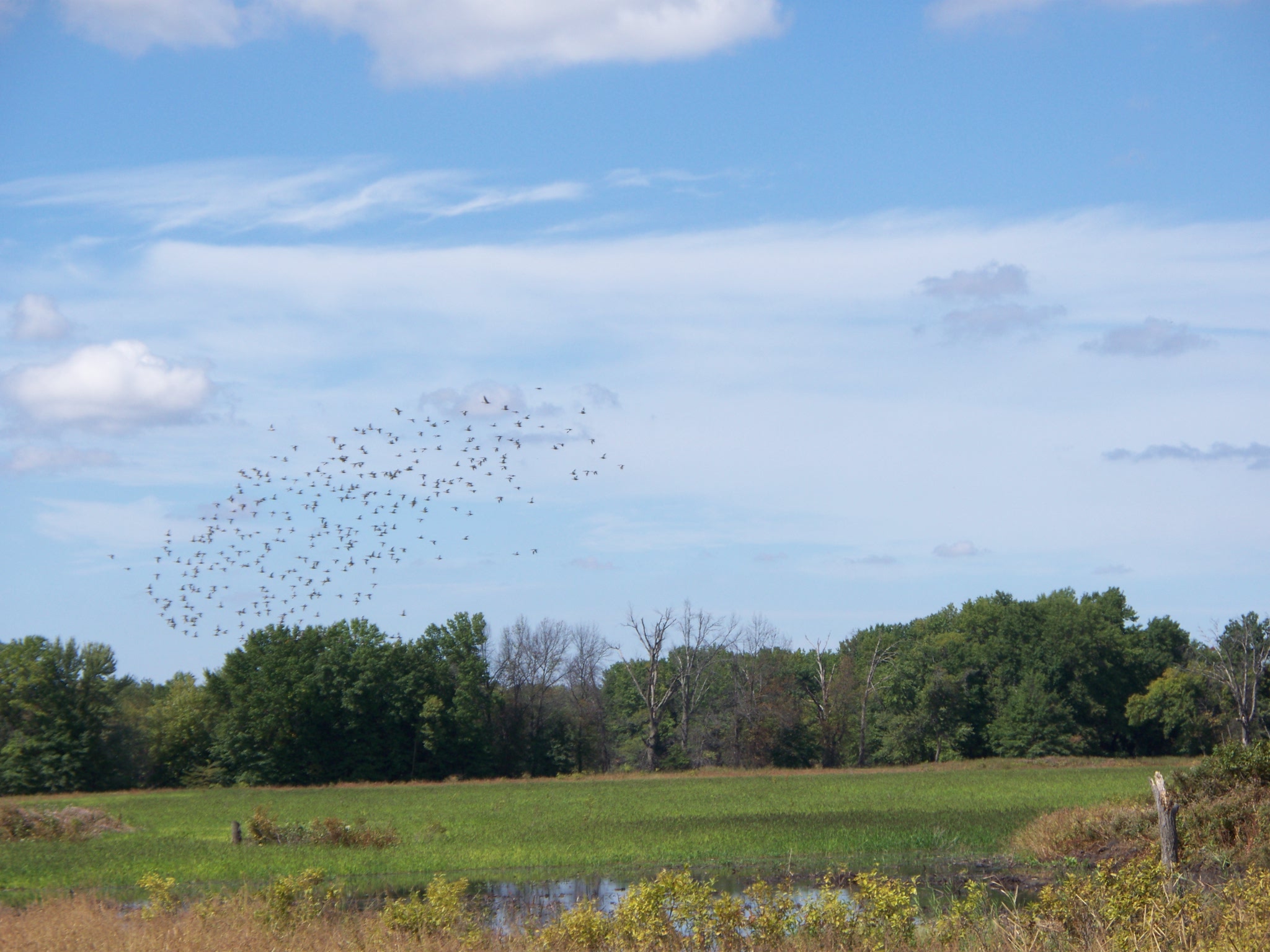
Swan Lake NWR. Photo: USFWS.
Habitat
Swan Lake NWR has five major habitat types: 3,840 acres of wetlands and moist-soil units; 1,000 acres of bottomland hardwoods; 2,075 acres of croplands; 3,050 acres of open water (Silver Lake); and 600 acres of grasslands. Most of the refuge is relatively flat and subject to periodic flooding given its location within the Grand River floodplain. The bottomland hardwood area is known as the Yellow Creek Research Natural Area, a special designation that precludes habitat manipulation other than that done by Mother Nature. The grassland habitat consists of tall-grass prairie and scattered prairie plantings on the edges of crop fields. These fields are planted on a rotational basis to provide food for wintering waterfowl. Silver Lake acts as a reservoir for spring and fall flooding of the refuge’s moist-soil units, which include Swan Lake (1,100 acres), South Pool (1,850 acres), and nine other units (ranging 10–60 acres each). All wetlands are impoundments with draw-down capability to benefit migratory birds.
Management
The refuge’s Wildlife Management Goal is to protect, restore, and manage habitat for waterfowl, migratory birds, endangered and threatened species, and resident game species, with emphasis on restoring and/or preserving pre-settlement type conditions. The goal concerns all wildlife, whether migratory or resident, and their respective habitats. The refuge has separate, specific management plans for water, cropping, grassland, and land use that are modified and/or updated annually by the Refuge Manager. The refuge also upholds its cropping obligations as specified in the Eastern Prairie Population of Canada Geese Management Plan. Projects and plans carried out on the refuge should positively affect shorebirds by providing more, and better-managed, habitats.
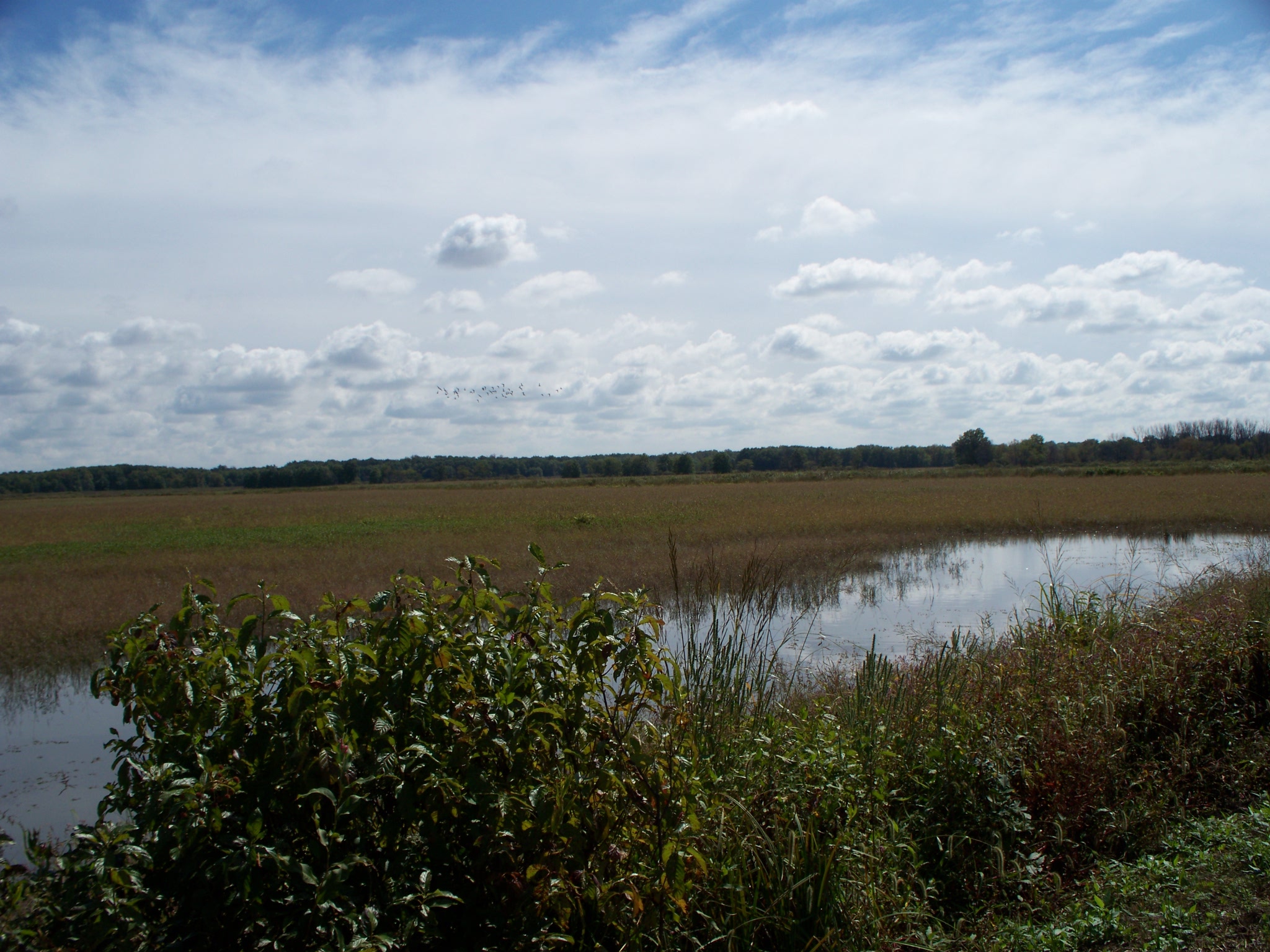
Swan Lake NWR. Photo: USFWS.
Threats
The biggest threat to the refuge, which affects its water quality and biodiversity, is the susceptibility of managed wetlands and croplands to flooding. Insufficient control over wetland water depths makes them unusable by many species. Chemical runoff from agricultural fields upstream in the watershed is a potential threat to the refuge’s water quality, as is constant siltation of Silver Lake. Access to the interior refuge is highly controlled, especially during peak migration, resulting in little human disturbance to wildlife and habitats.




